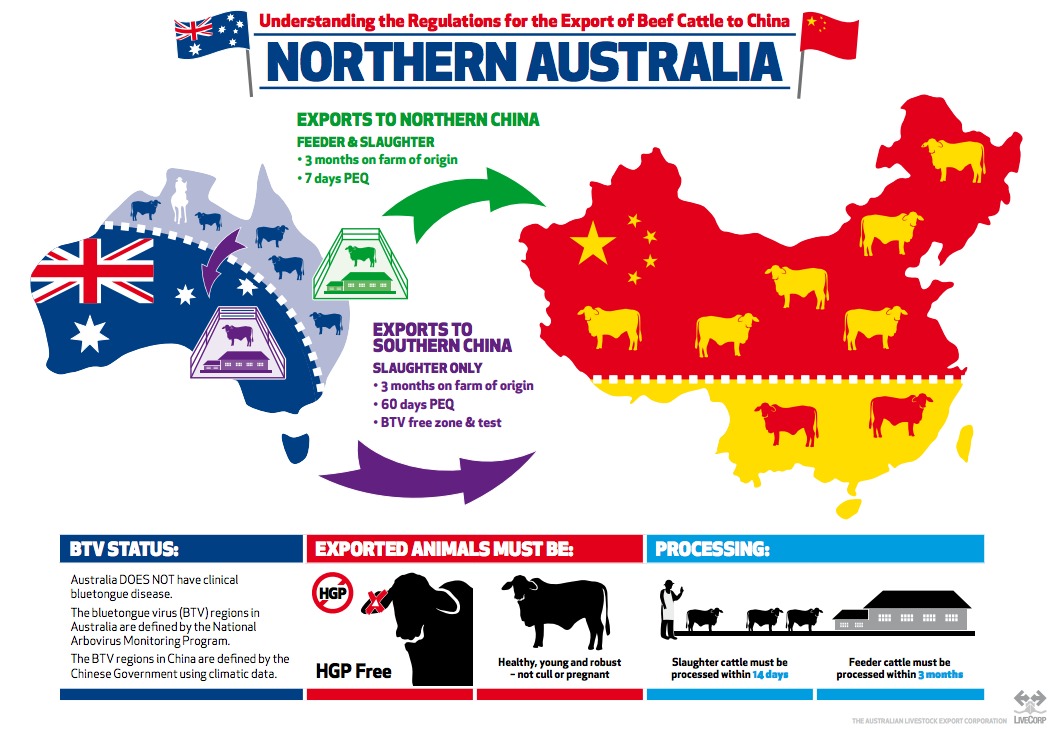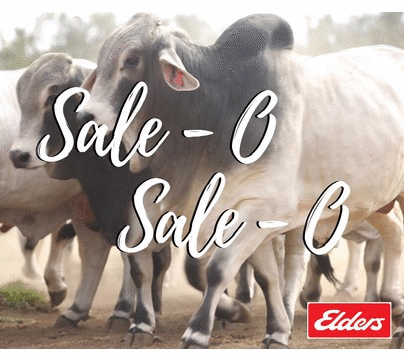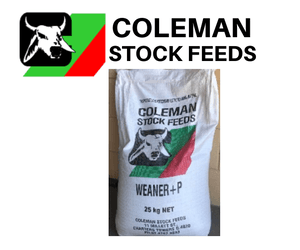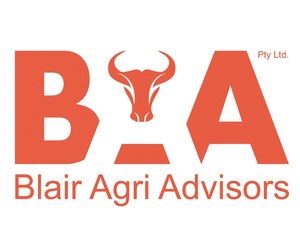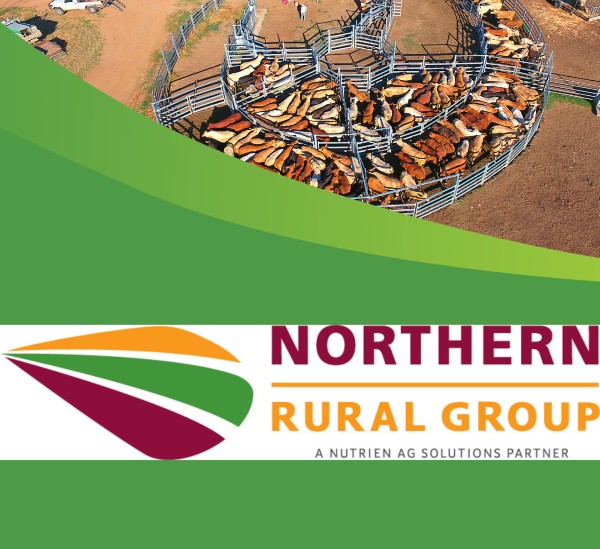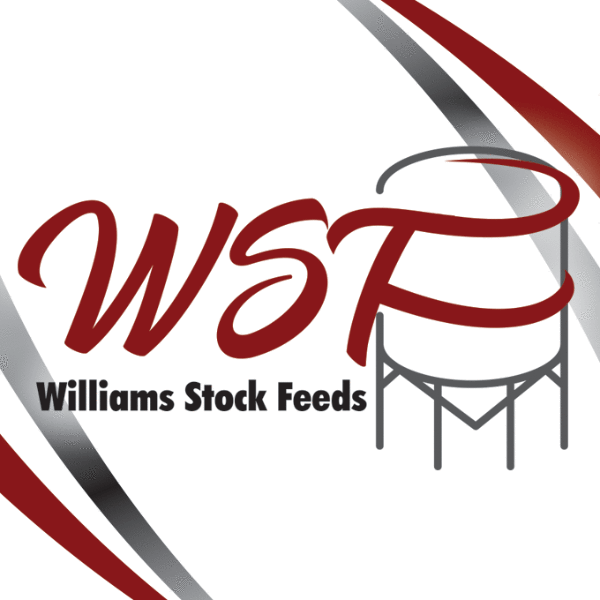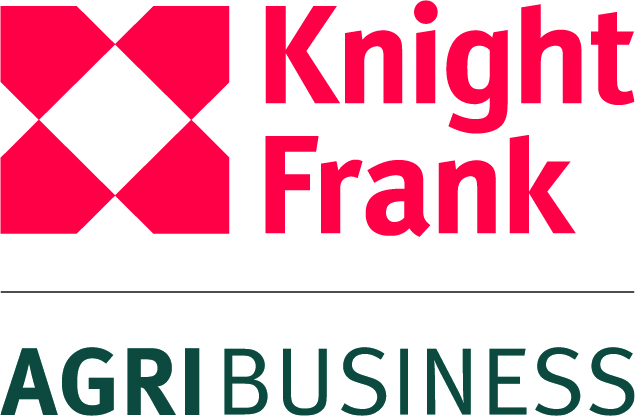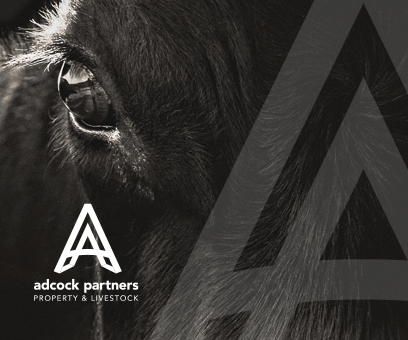Live Export protocol to China
SPECIAL CONDITIONS PERMIT REQUIREMENTS
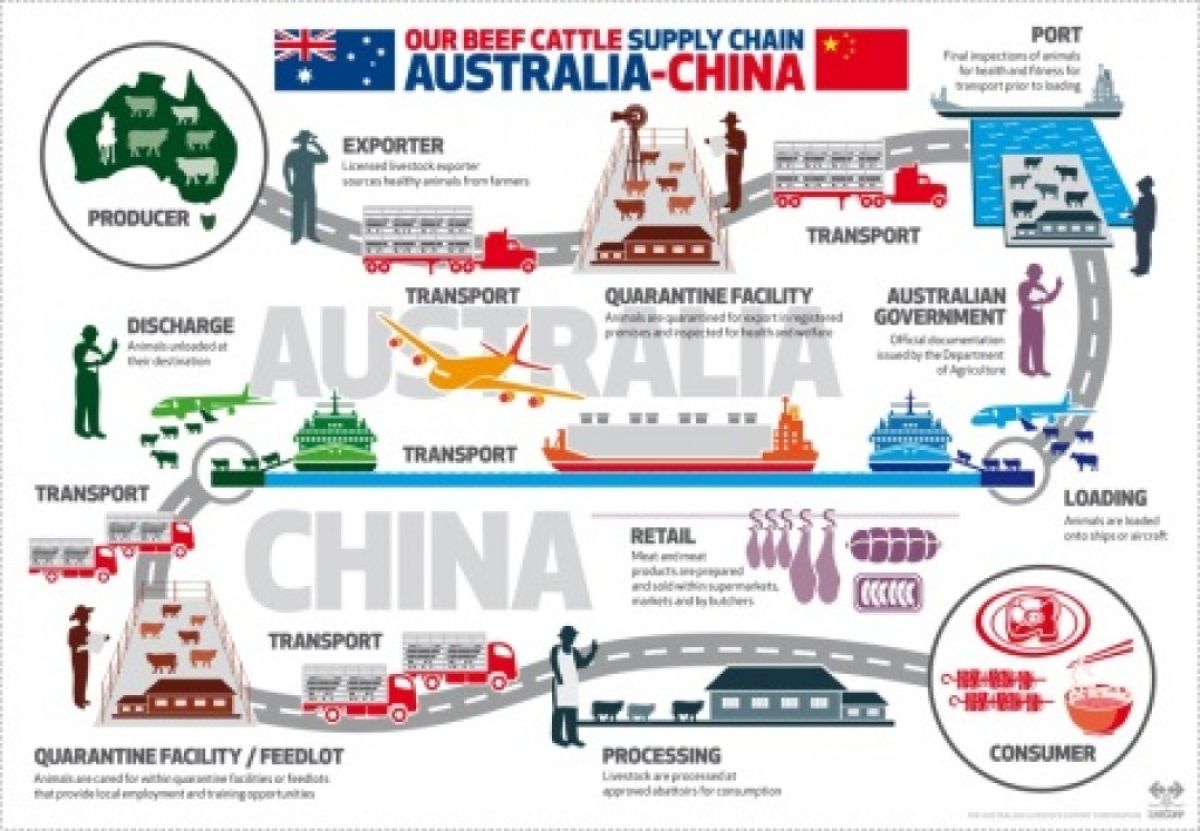
Live Export protocol to China – updated 13th August 2015
China
(Please see diagrams at end of this release provided by the Australian Live Export Corporation)
Cattle Slaughter
• PERMIT REQUIREMENTS
• HEALTH CERTIFICATE
• PROTOCOL LAST NEGOTIATED
• SPECIAL CONDITIONS
PERMIT REQUIREMENTS
an import permit is required.
Each Import Permit is applicable to importation of one shipment of slaughter cattle or feeder cattle only. The information about slaughter cattle/feeder cattle, Bluetongue free/infect zone of Australia and Culicoides seasonal active/inactive region of China shall be specified in Import Permit.
Updated: 12 Aug 2015
HEALTH CERTIFICATE
1. All the protocol requirements have been met.
2. The consignment details are:
2.1. Departure date:
2.2. Port of Departure:
2.3. Mode of transport:
2.4. Flight number/Vessel name:
3. Australia is free of foot and mouth disease, rinderpest, bovine contagious pleuropneumonia, lumpy skin disease, peste des petits ruminants, and vesicular stomatitis.
4. Australia is recognised as having a negligible bovine spongiform encephalopathy (BSE) risk, in accordance with the BSE chapter in the current OIE Terrestrial Animal Health Code (the Code).
5. The farms of origin of the export slaughter cattle meet following requirements:
• It is free of bovine tuberculosis and bovine brucellosis during the past two years;
• There have been no clinical cases of enzootic bovine leukosis, bovine anaplasmosis, paratuberculosis, trichomoniasis, bovine genital campylobacteriosis, toxoplasmosis, anthrax, rabies, bovine viral diarrhoea, bovine infectious rhinotracheitis, bovine ephemeral fever and Akabane disease during the past 6 months.
6. The slaughter cattle to be exported were born and reared on original farm, or have been resident on the original farm in the past 3 months.
7. The slaughter cattle to be exported were not cull animals and any female cattle were not detectably pregnant.
8. The slaughter cattle to be exported were quarantined for at least 7 days in a Department of Agriculture approved quarantine facility (PEQ). (delete if not applicable)
OR
For slaughter cattle from the Bluetongue virus affected zone in Australia to the Culicoides seasonal active zone in China, the slaughter cattle to be exported were quarantined for at least 60 days in a Department of Agriculture approved quarantine facility (PEQ) located in the Bluetongue virus free zone and while in quarantine the cattle were tested for Bluetongue with c-ELISA or PCR with negative results. (delete if not applicable)
9. The slaughter cattle to be exported were subjected to clinical examination by the Australian Government Accredited Veterinarian (AAV) one by one at the quarantine facility prior to commencement of PEQ, and showed no clinical symptoms of any infectious and parasitic disease.
10. During quarantine, the slaughter cattle to be exported had no clinical symptoms of any infectious and parasitic disease.
11. During quarantine, the slaughter cattle to be exported from the cattle tick infected zone were treated by plunge dip with paras iticide registered by competent authority. (delete if not applicable)
AND/OR
During quarantine, the slaughter cattle to be exported from cattle tick free zone were treated for external parasites with parasiticide registered by competent authority. (delete if not applicable)
12. The slaughter cattle to be exported have not been treated with any medicines which are not registered in Australia for use in cattle. The residue of the medicine were at levels not harmful to human health.
13. The slaughter cattle to be exported have not been treated with any Hormone Growth
Promotant (HGP).
14. The slaughter cattle to be exported were examined within 24 hours of loading for export, and showed no signs of infectious disease, were visibly free of external parasites, and are fit to travel.
15. The transport procedure and condition is in accordance with Australian animal welfare laws and regulations.
16. All cages, vehicles, ships or cabins used to carry the cattle were cleaned and disinfected with disinfectant registered by the Australian government.
17. The slaughter cattle to be exported were not mixed during loading, transportation and quarantine with any other animals of different consigners and consignees.
18. The forage and bedding materials used in quarantine and transport came from Australia and did not originate from properties undergoing quarantine for a notifiable disease of cattle.
Updated: 13 Aug 2015
PROTOCOL LAST NEGOTIATED
August 2015
Updated: 13 Aug 2015
China has a number of extra requirements or procedures which need to be followed before a consignment can be exported. If you are planning to export feeder or slaughter cattle to China and are not familiar with the market, please contact the department on (02) 6272 4581 to discuss further.
• Slaughter cattle refer to cattle that shall be slaughtered within 14 days after entering
China;
• All the slaughter cattle shall not be cull animals and females shall not be detectably pregnant.
• The slaughter cattle shall be accompanied with a valid health certificate when arriving at entry port of China. If there is no valid health certificate, or without any health certificate, the cattle shall be returned or destroyed by AQSIQ.
• AQSIQ shall send animal quarantine officer(s) to farm of origin, related quarantine facility, and/or laboratories to cooperate with department veterinary officers to conduct quarantine and certification on slaughter cattle for export.
• The slaughter cattle to be exported to China shall be transported to Chinese port of entry along the appointed way and within the prescribed time limit designated in the Import Permit.
